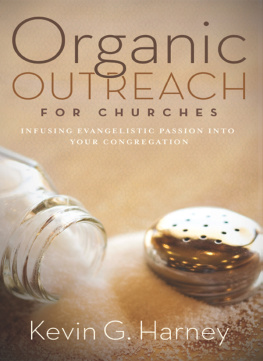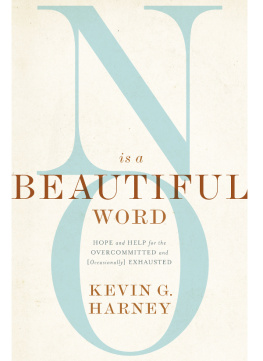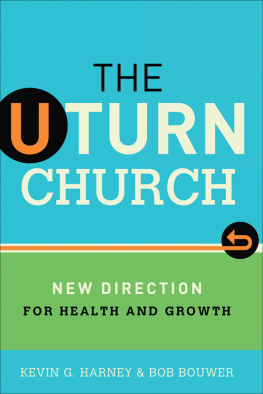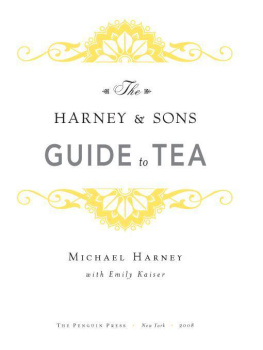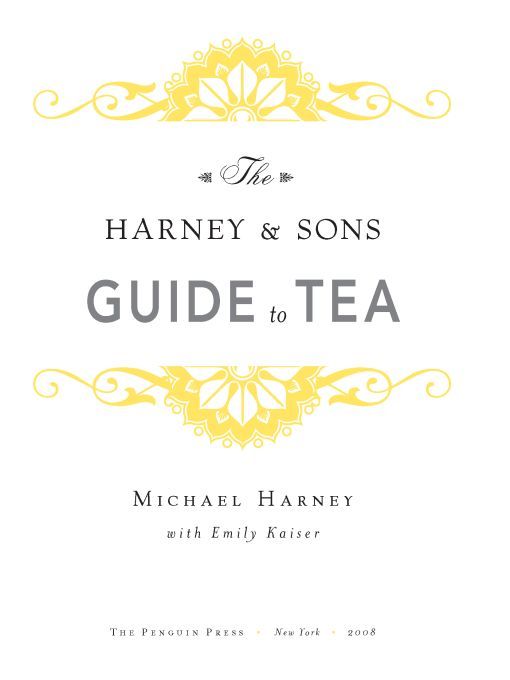Table of Contents
For Brigitte and the boys
INTRODUCTION
Over the last twenty years as a tea buyer, blender, and connoisseur, Ive seen the landscape change radically for tea lovers. More teas are available today, of a better quality and in a wider range of flavors, than at any point in history. In this new tea world, it seemed to me that tea drinkers needed a more complete guide to the ancient beverage, a handbook to give them a more nuanced and clearer understanding of the drink. As we embark on this tea-tasting journeyfrom the light honeysuckle of the finest white teas to the rich smokiness of the darkest blacksyou will cultivate your palate and enhance your ability to discern and enjoy tea.
I first encountered tea in 1970, when I was fifteen. My father, John Harney, then ran the White Hart Inn in Salisbury, Connecticut. He had taken on a side project selling loose tea with a neighbor, Stanley Mason. A diminutive, charming Englishman, Mason had started a small mail-order business, Sarum Teas, in our town after many loyal years of service in New York to the British tea firm Brooke Bond. As a teenager, I helped Mason and my father carry heavy wooden chests of tea down to the White Hart basement, where we would package the tea into small tins. The dry black filaments all looked the same to me. I had no idea how anyone could tell them apart or why anyone would want to. In 1983, my father started his own small tea company. He called it Harney & Sons, but that was a misnomer; my brothers and I were involved in our own projects.
Today, three of us run Harney & Sons together: my father, my brother Paul, and myself. I was the first son to sign on in 1988. I first started to change my mind about tea after working in France with Camus Cognac, a family firm that had been making the spirit for several generations. While working with their distillers and blenders, I came to envy their traditions of family and agriculture, their collective pursuit of liquid perfection. I saw a chance to replicate those traditions in tea. Tea is, after all, an even more ancient drink than wine, and one that merits the same understanding. As I took on the roles of buyer and blender in my familys burgeoning tea company, I grew determined to learn what makes tea great.
I have had some spectacular adventures. In search of the worlds best teas, I have explored some beautiful country along the tea belt from China and Japan through India and down to Sri Lanka. I have visited some of the flushest tea fields and taken tours of state-of-the-art tea factories as well as some enchantingly simple operations. I have befriended some remarkable tea farmers, manufacturers, and brokers, men with ties to the drink that stretch back centuries. In my work at our factory, whether examining new shipments or checking on our own teas, I taste around eighty teas a day, at least sixteen thousand teas a year. From dozens of journeys, hundreds of queries, and thousands upon thousands of sips of tea, I have mastered enough to know what makes tea so spectacular. The goal of this book is to allow you to achieve the same level of mastery, with far less time and travel.
Twenty years ago, a tea guide was hardly necessary. It was easy enough to become an expert in Earl Grey, English Breakfast, and the other blends that dominated the market. Today, its a different story. In only the last decade, globalization and economic development have helped widen access to more flavorful teas from among the best tea-producing countries of China, Japan, and India. Small batches of what were long considered local teas are now air-freighted to the West, providing an unprecedented variety of tastes and styles to choose from. The invention of vacuum packaging has allowed these teas to arrive on our shores more fresh and flavorful than ever before.
Adding to teas popularity, scientists report ever more good news about the drinks health benefits. As a source of antioxidants, tea contains compounds that may help prevent cancer and cardiovascular disease. Research also continues into theanine, a compound in tea that increases concentration and soothes as it stimulates, making tea a milder, more beneficial pick-me-up than coffee or chocolate. The Wall Street Journal reports that total U.S. tea sales are nearly four times what they were in 1990, and the tea market is rapidly changingand expandingto accommodate new tea drinkers.
From our original six teas, Harney & Sons now sells more than three hundred. A visit to any good tea shop will yield sweet, vegetal green teas from China; Senchas, Banchas, and Hojichas from Japan; fragrant high-mountain oolongs from Taiwan; robust low-grown black teas from Sri Lanka; and three different seasons of tea from Darjeeling.
With so many new options available, how do you choose? How can you judge a good Assam from a bad? A properly brewed Sencha from a weak one? A spring Darjeeling from one harvested in fall? The Harney & Sons Guide to Tea will show you how to navigate this more complex tea world. This book is a compendium of the fifty-six best pure teas I think a tea connoisseur ought to know, with guided tasting notes for each.
Let me clarify what I mean by pure teas. Pure teas are harvested from the same variety of tea plant, from the same region, and ideally from the same factory. In the tea world, the opposite of pure teas are blends. Blends come in one of two forms. Some are teas mixed with other teas, like English Breakfast, a mix of Indian and Chinese teas. Others are teas blended with different ingredients entirely, such as Earl Grey, a black tea scented with bergamot, a type of citrus. I include both English Breakfast and Earl Grey in this book because I consider them ideal starting points to understanding the pure teas that go into them. Much as I enjoy drinking blends (and concocting them for my tea company), their additives can mask the flavor of pure tea. Today, the finest pure teas have nuance, character, and flavor comparable to those of fine wines.
Like the finest wines, pure teas are fundamentally an agricultural product, subject to all the vagaries of Mother Nature. The best tea makers exploit nature to give their teas delicious flavors, artfully manipulating the ways the leaves grow and how they dry into tea. Tea starts its life as bright green leaves on a branch of the evergreen Camellia sinensis. These trees can grow to heights of thirty feet or more; they thrive in dappled shade in moist subtropical climates. The white and pink blossoms yield edible (if bitter) small tea nuts. The soft, shiny leaves have finely jagged edges and slightly pointed tips. Fresh-plucked tea leaves make an incredibly bitter brew; only after they have withered and dried do they take on their extraordinary aromas and flavors.
The best teas available todayand with one Kenyan exception, all the teas in this bookcome from Asia: China, Japan, and Taiwan, as well as India and Sri Lanka. These countries make the finest teas for a number of reasons, but simply put, they have grown tea the longest and have the most expertise with the plant. The plant is indigenous to China and has grown in that countrys Himalayan foothills for thousands of years. China is responsible for the invention not only of green and black teas, but also of white teas, oolongs, and puerhs. Japan has been cultivating green tea since the ninth century. The British did not start drinking black tea until well into the seventeenth century, after Dutch traders first brought black tea to Europe. By the nineteenth century, the British had developed such a strong habit that they established the first tea plantations in their colonies of India and Sri Lanka. The colonists had such an important influence on the teas of South Asia that I call them British Legacy Teas. I provide a more detailed history of tea in an appendix (page 205), since the history of tea is not as important to our purposes here as the tastes.


